Story
Late past
It is a large building of medieval origin, as is the entire “castle” of Barchi, whose construction dates back to before the year 1000.
In the 16th century, however, the town underwent a complete transformation. In 1570, the Duke of Urbino, Guidubaldo II, transferred the vicariate of Barchi to his confidant, Count Pietro Bonarelli Della Rovere, and shortly afterwards obtained the elevation to margraviate from the Pope.
The new margrave made Barchi the capital and commissioned the important architect Filippo Terzi to redesign the fiefdom. Terzi, one of the greatest representatives of the technical-scientific school of the Duchy of Urbino and later court architect to the Pope and King, created his most important work here.
He rebuilt Barchi as an ideal city in the late Renaissance style, constructing squares, streets, churches, the city palace, fortifications and palaces of wealthy families, including that of the Evangelisti family, whose building now houses the Felix Convivium.
Who used to live here?
In the 18th century, Luzio Evangelisti, a prominent member of the noble Evangelisti family, significantly changed the Renaissance palace. Born in Barchi in 1767, he graduated from the Nolfi University in Fano in 1787 and worked as an important judge and podestà in several towns, including Pesaro.
Luzio had the magnificent rooms decorated with frescoes depicting classical mythology and the liberal arts and enriched the building with works of art. Originally, the palace also included parts connected by the “Proferm”, a small tunnel to the old town.
On the side of today’s Felix Convivium is a portal made of local sandstone with the corroded coat of arms of the Evangelisti family. A wrought-iron railing with the intertwined initials “L” and “E” of Luzio Evangelisti is emblazoned in the lunette above it.
Another white stone portal still stands on the castle walls facing the mountains, where a well-preserved part of the building is visible.
New past
With the extinction of the Evangelisti family, the palace increasingly fell into disrepair. In the 1950s, it was purchased and inhabited by Dr. Igino Sbrozzi, the town’s district doctor.
Later, Amelio Patregnani, a well-known matchmaker from Barchi, took over the building and lived there with his family. The palace remained in the hands of his heirs for some time until they decided to sell it to Ute and Michael.
This gave the historic building a new lease of life. Today, it bears witness to its rich history and the changes it has undergone over the centuries. In particular, the heavily weathered coat of arms above the sandstone portal is a reminder of the former importance of the Evangelisti family and the building’s former glory.
The Felix Convivium is now helping to keep the history of the site alive, combining the cultural heritage with a contemporary use that does justice to the original dignity and beauty of the place.
How we found it
Summer 2021: (from Michael’s memories)
One day, we were visited by friends who wanted to buy a house in the neighboring village. They had seen a “Vendesi sign” and were talking back and forth.
In the end, they said that I should make an appointment for them there, but then I would also have to call the house in Barchi (Felix C.), which we had been trying to avoid for two years.
No sooner said than done, we met Remo, an elderly gentleman who took us on a quick tour of the house with a flashlight. Flashlight because not a single shutter was open. We were also allowed to go into the waist-high overgrown garden.
Well, then followed weeks of discussions, planning and the project being thrown out. We then negotiated the purchase price again and again, visited the house with specialists and put the matter to the test again and again.
We agreed and a Compromesso, a promise to purchase, was concluded.
… and then the notarized purchase agreement was signed at the end of June 2022.
This was followed by an intensive planning phase, which began in April 2023 with the gutting of the building for the start of construction.
We had a particular building contractor in mind, had already discussed everything with him and actually wanted to start on 01.01.22. But he kept putting us off. When we wanted to close the deal on April 5, he finally canceled and we didn’t have a builder.
Through a good friend, we found Emiliano, who then fixed the thing with us. In hindsight, it was certainly the best thing that could have happened to us.
He turned out to be an absolute lover of old buildings and, as a matter of course, took on a kind of construction management role, which we flanked with frequent visits.
He brought in all the tradesmen we needed and our architect, Dante, quickly put together a powerful team.
Take a look at the result for yourself and be impressed.
Reconstruction
Step 1 - gutting
The beginning was raw, loud and honest.
We cleared out, uncovered and excavated – sometimes with heavy equipment, sometimes with a lot of patience.
But the more that came to light, the clearer it became: This house has substance – and a soul that just needed to be uncovered.
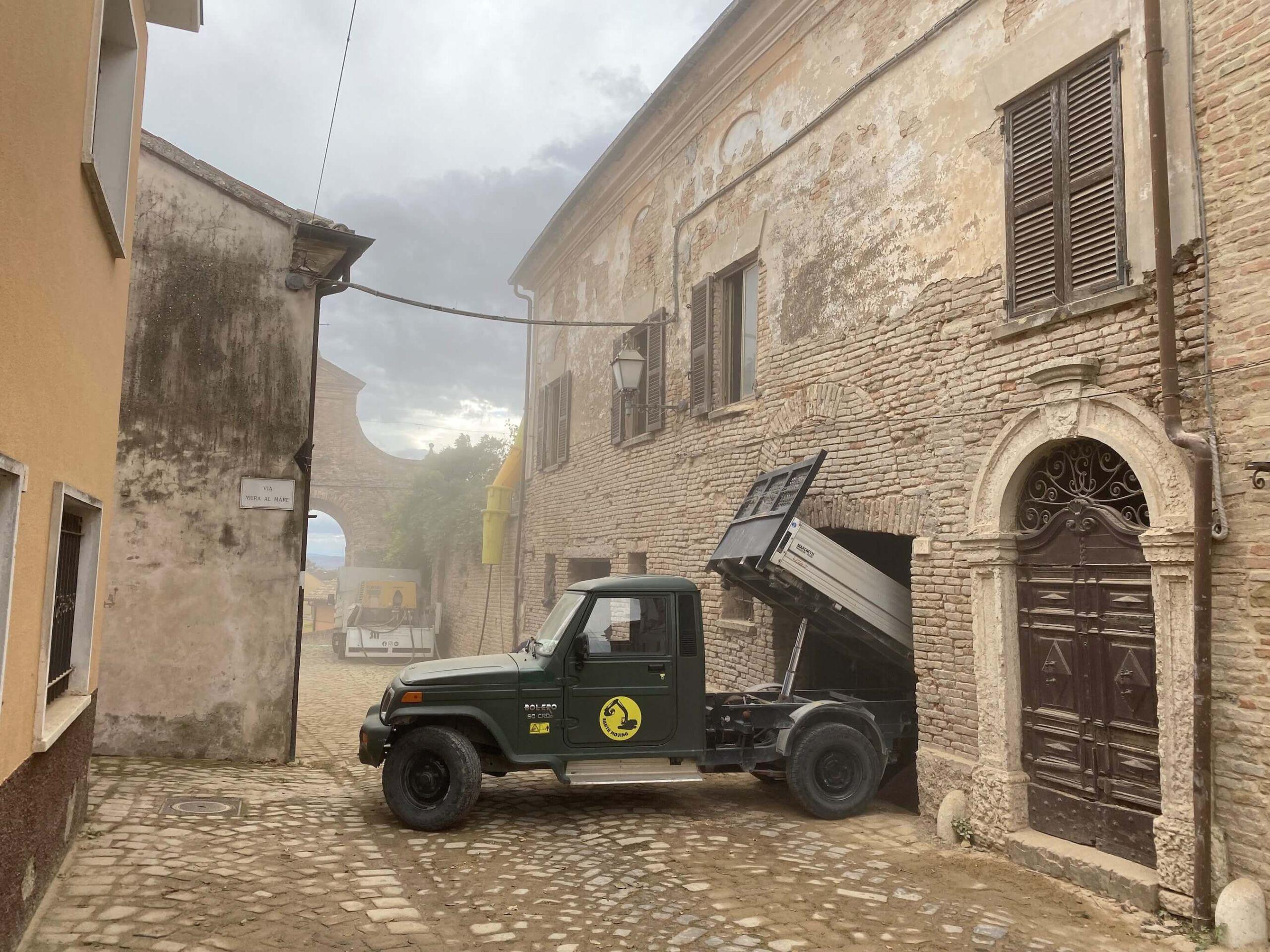
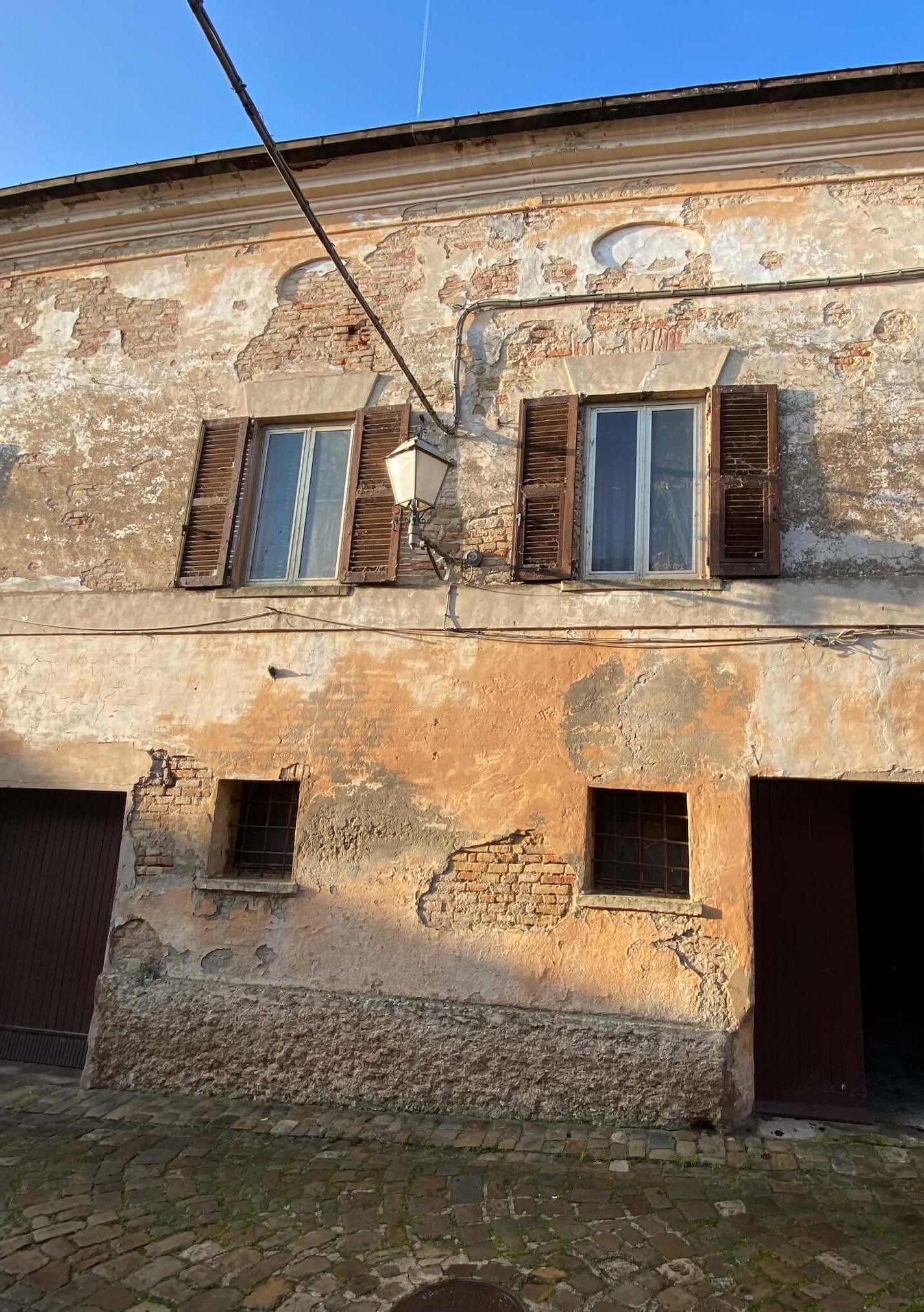
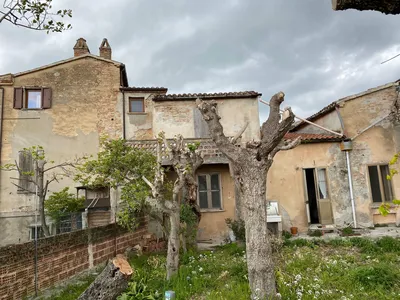
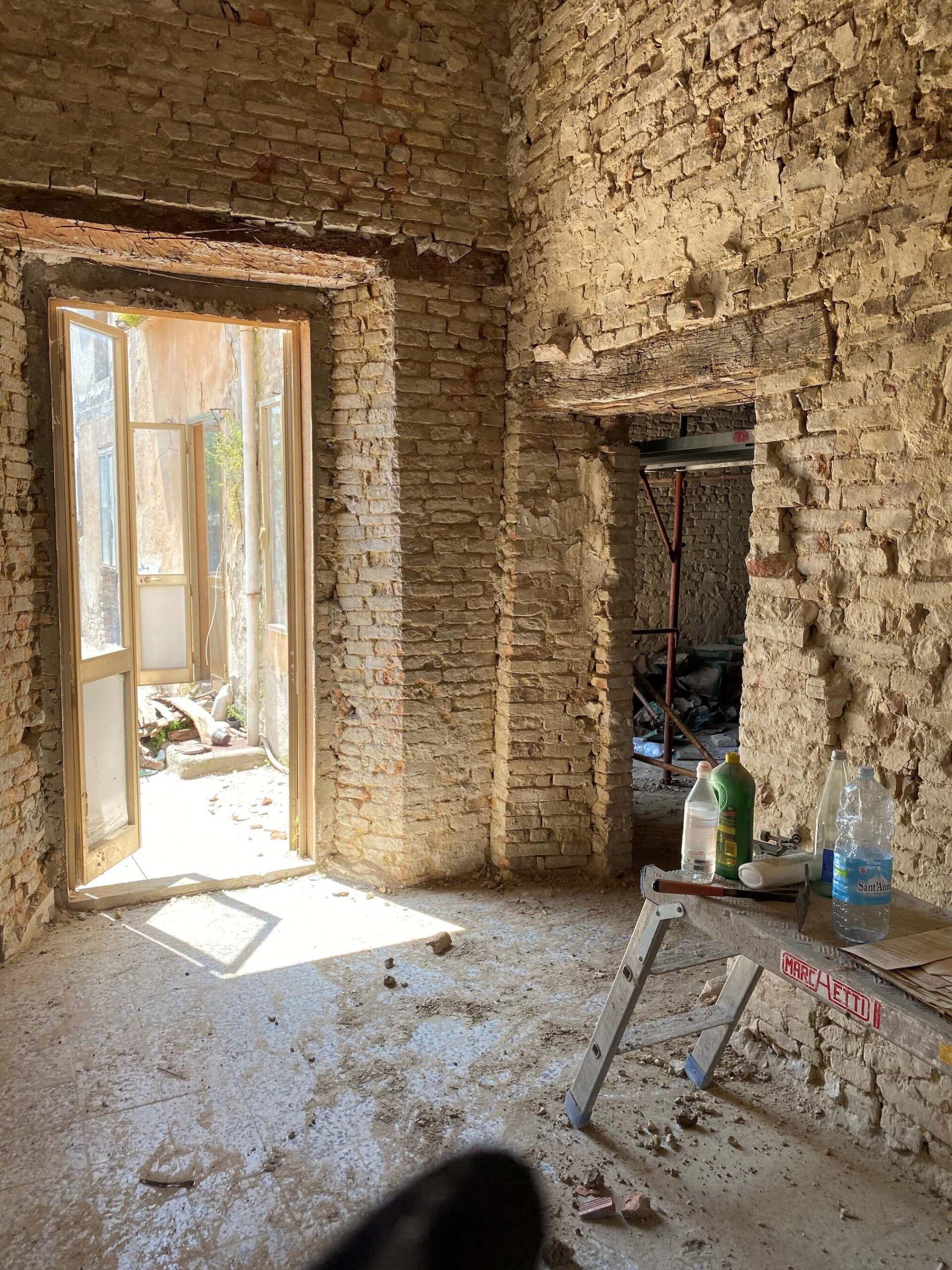
Step 2 - Shell construction
It was a dusty few weeks – with lots of improvisation and aching muscles.
Every room was rethought, every wall checked, many things renewed, some preserved.
Step by step, the old structure grew into something that breathes again.

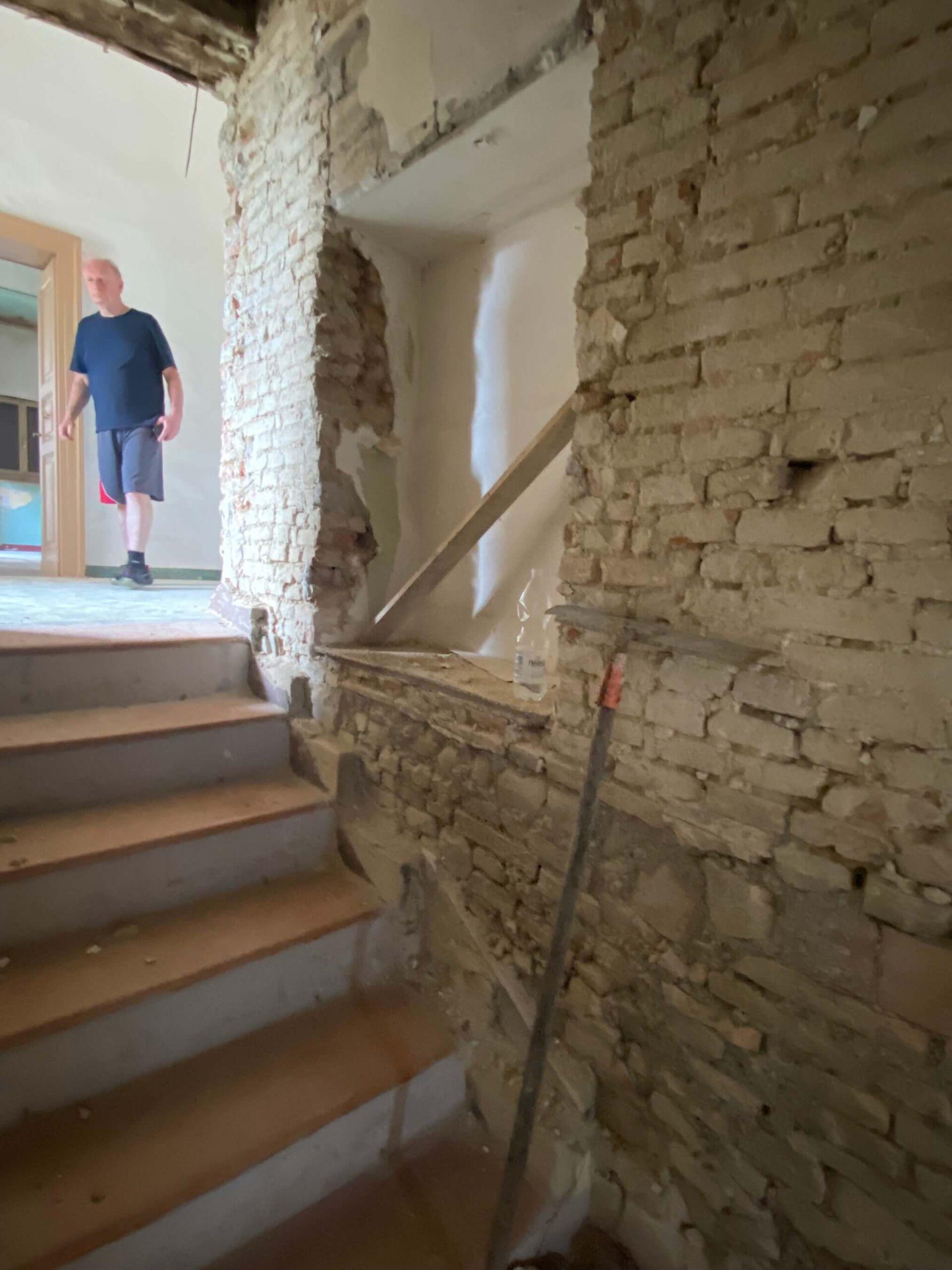
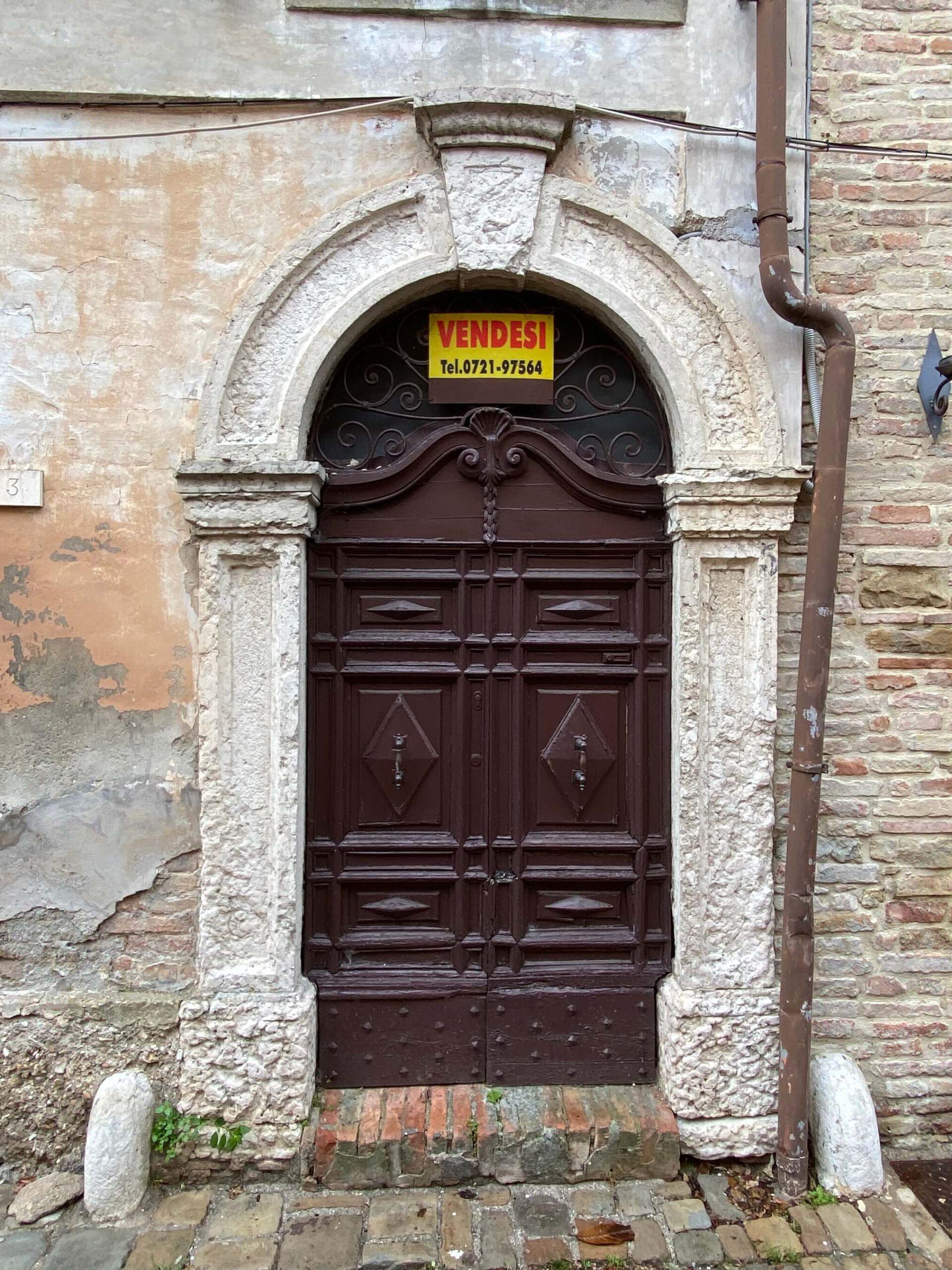
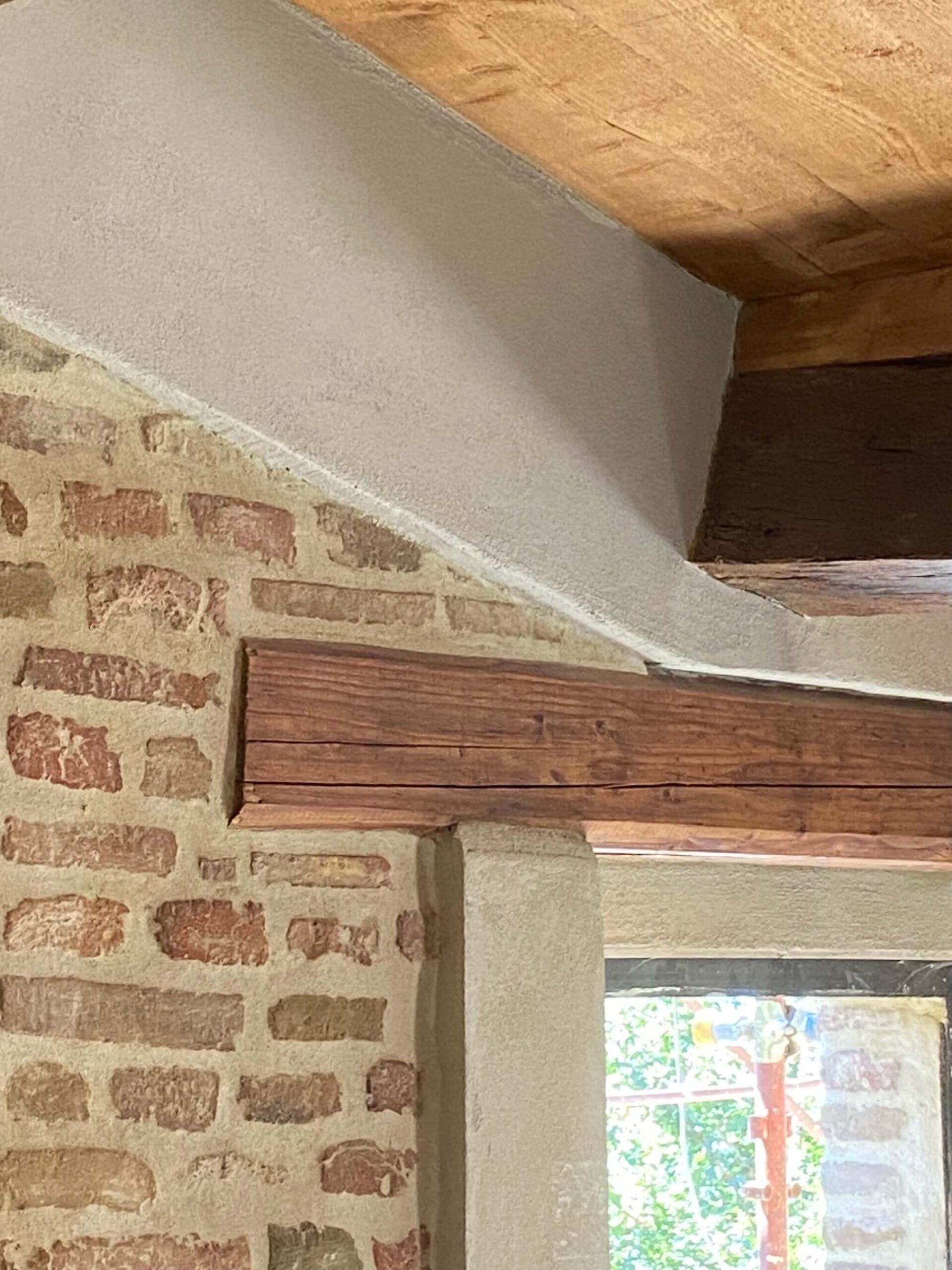
Step 3 - Interior work
With patience, intuition and a large portion of heart, a place was created that touches. Instead of simply renovating, we gave every corner a soul.
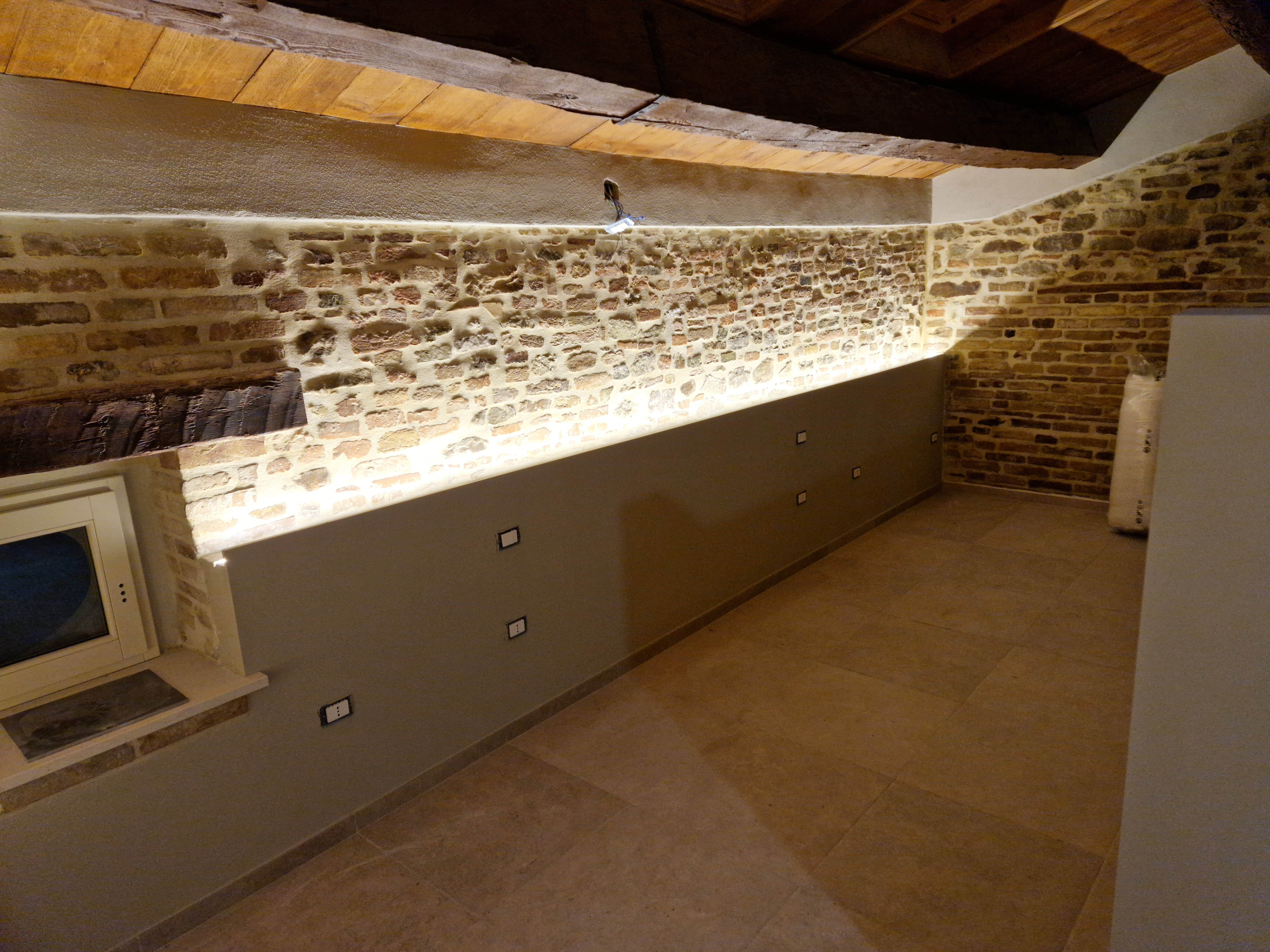
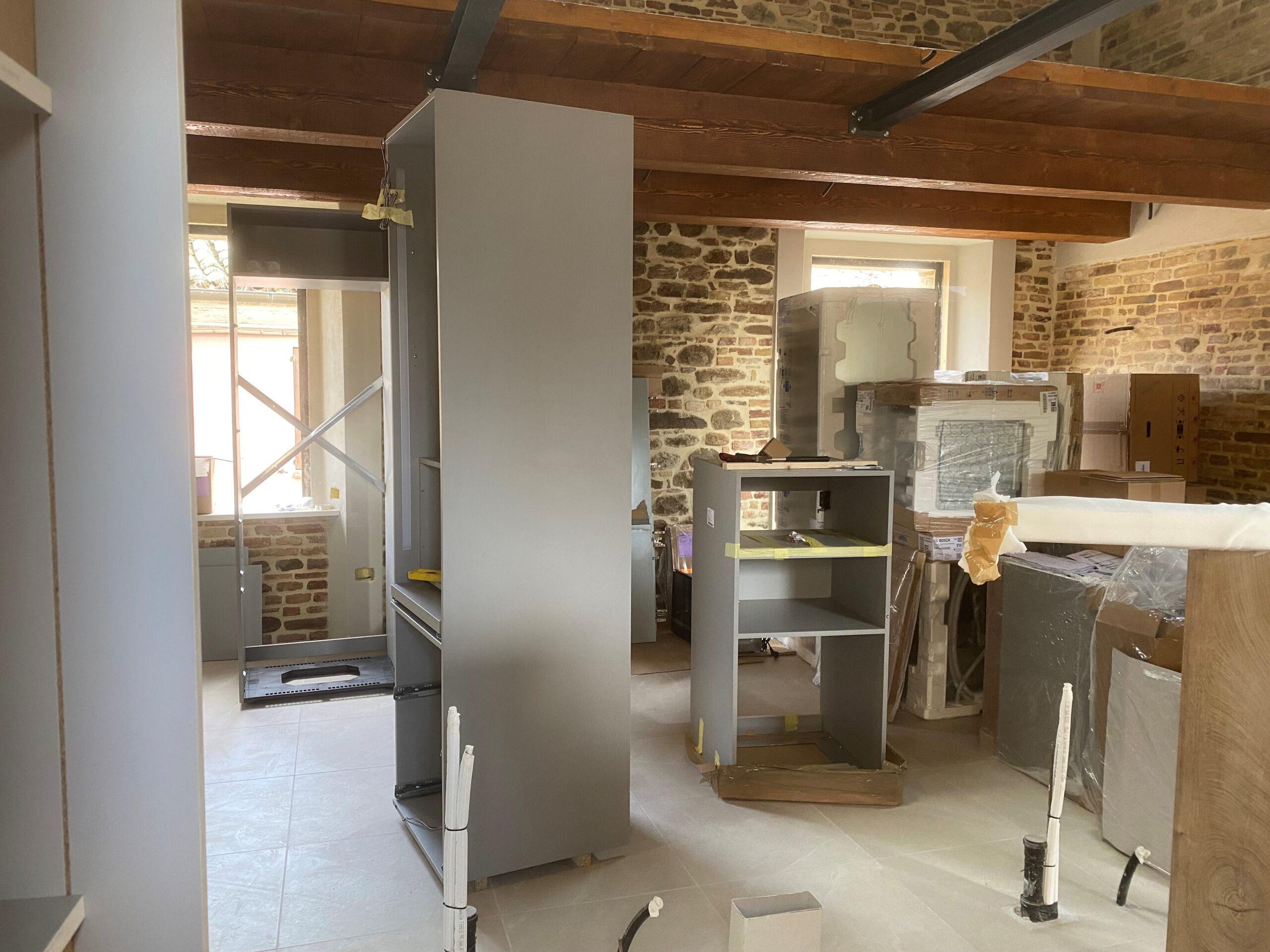
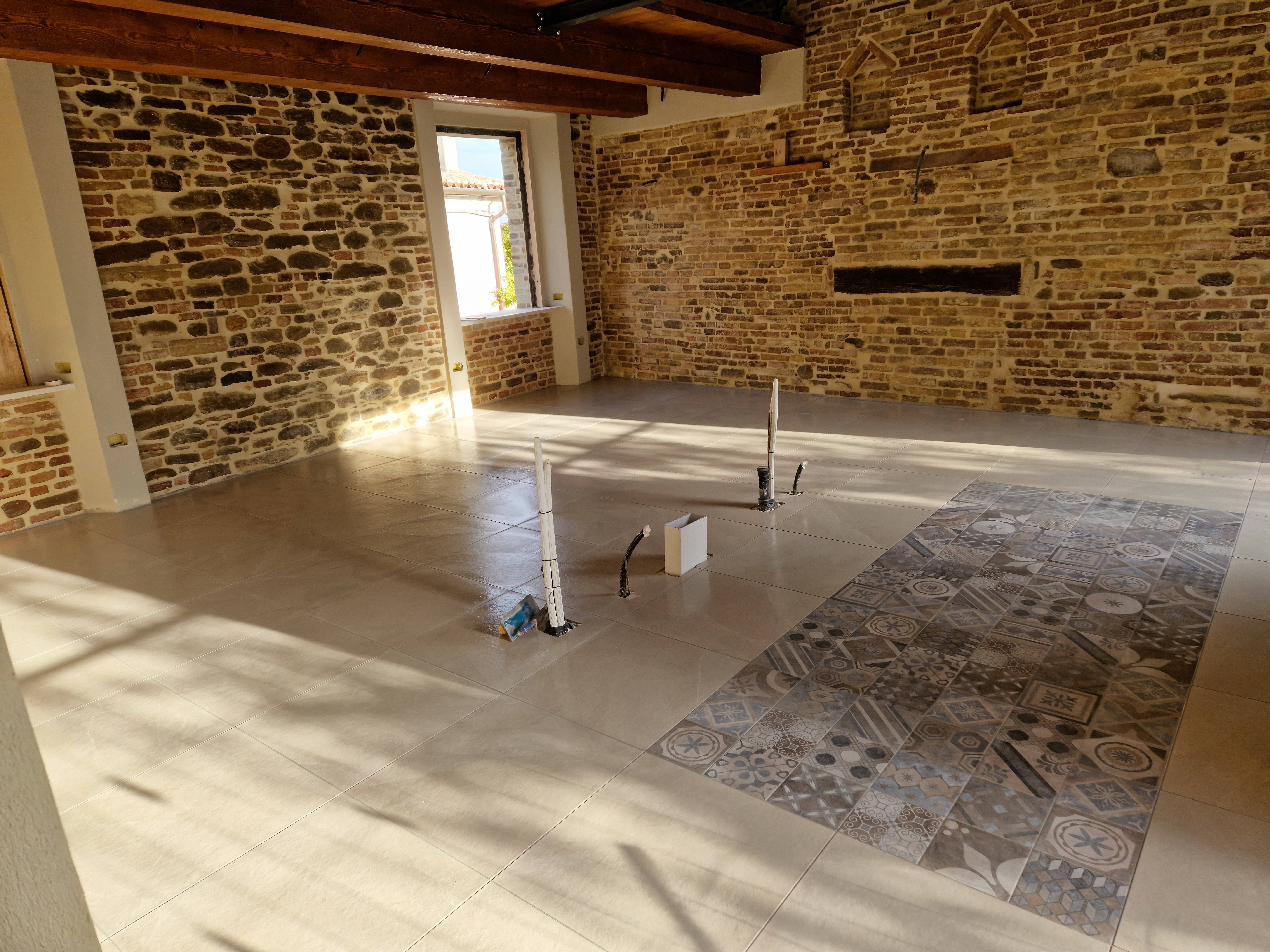
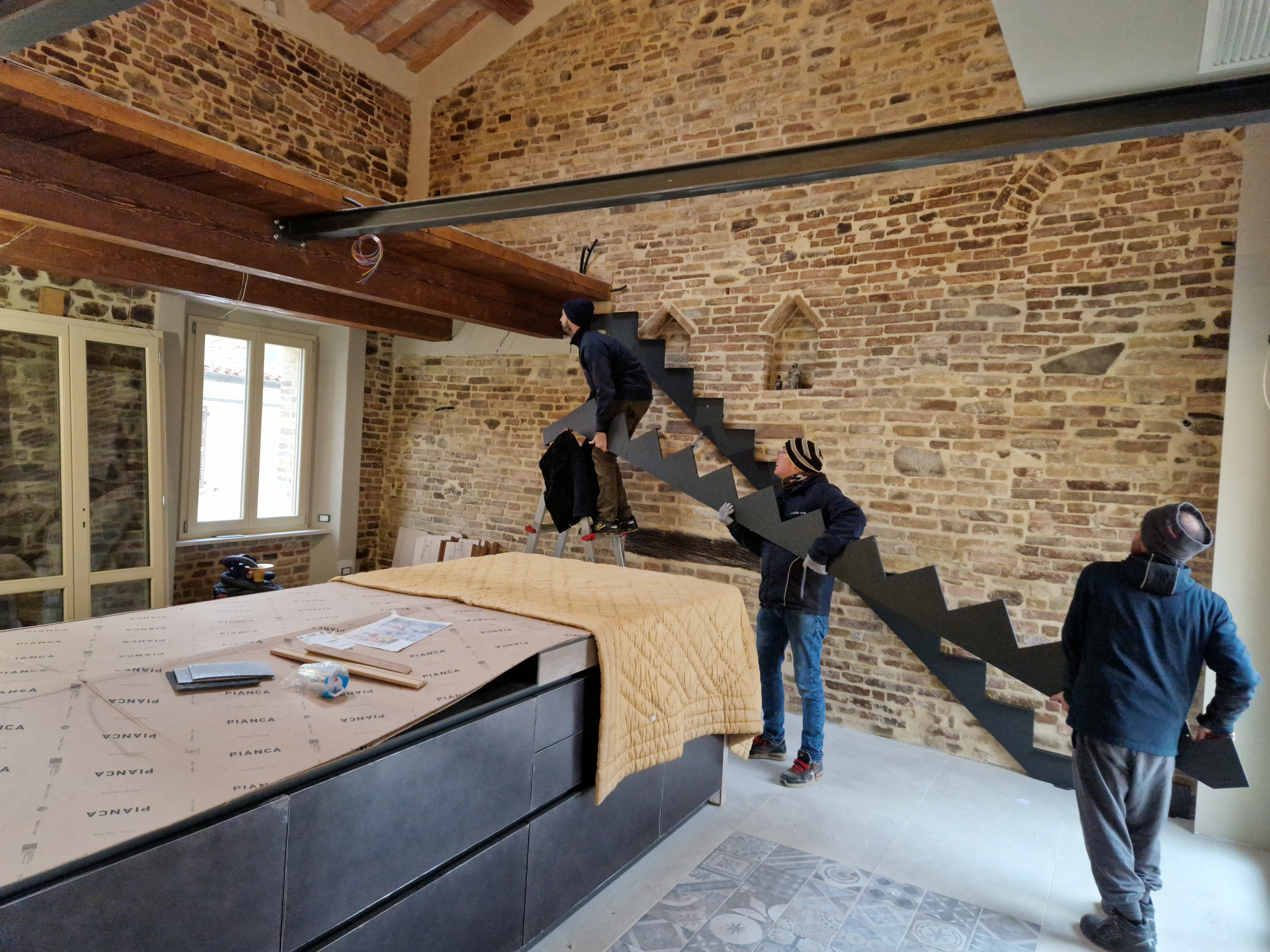
Book your stay now
After receiving your request, we will contact you as soon as possible to confirm your reservation and coordinate the necessary details efficiently.


